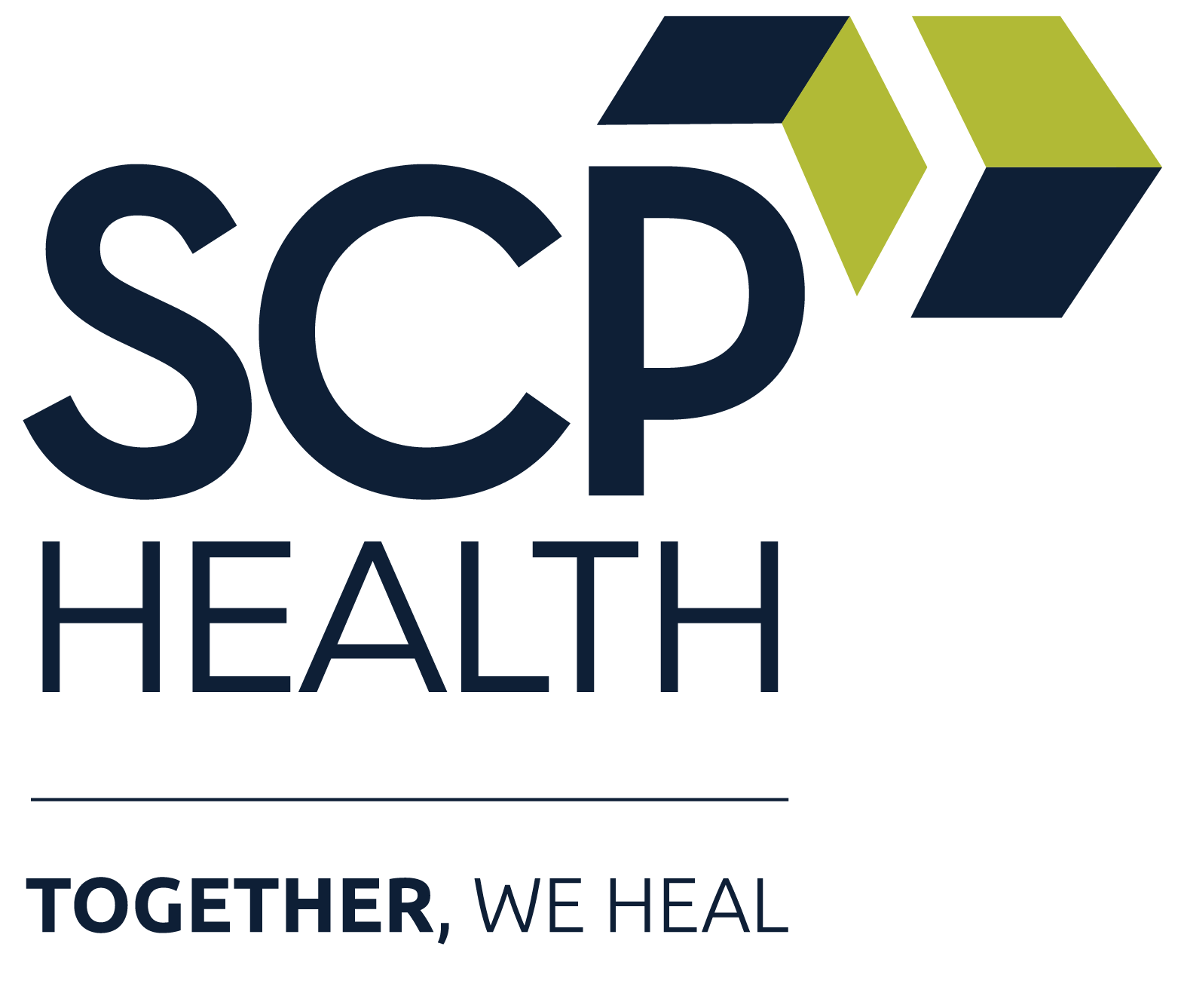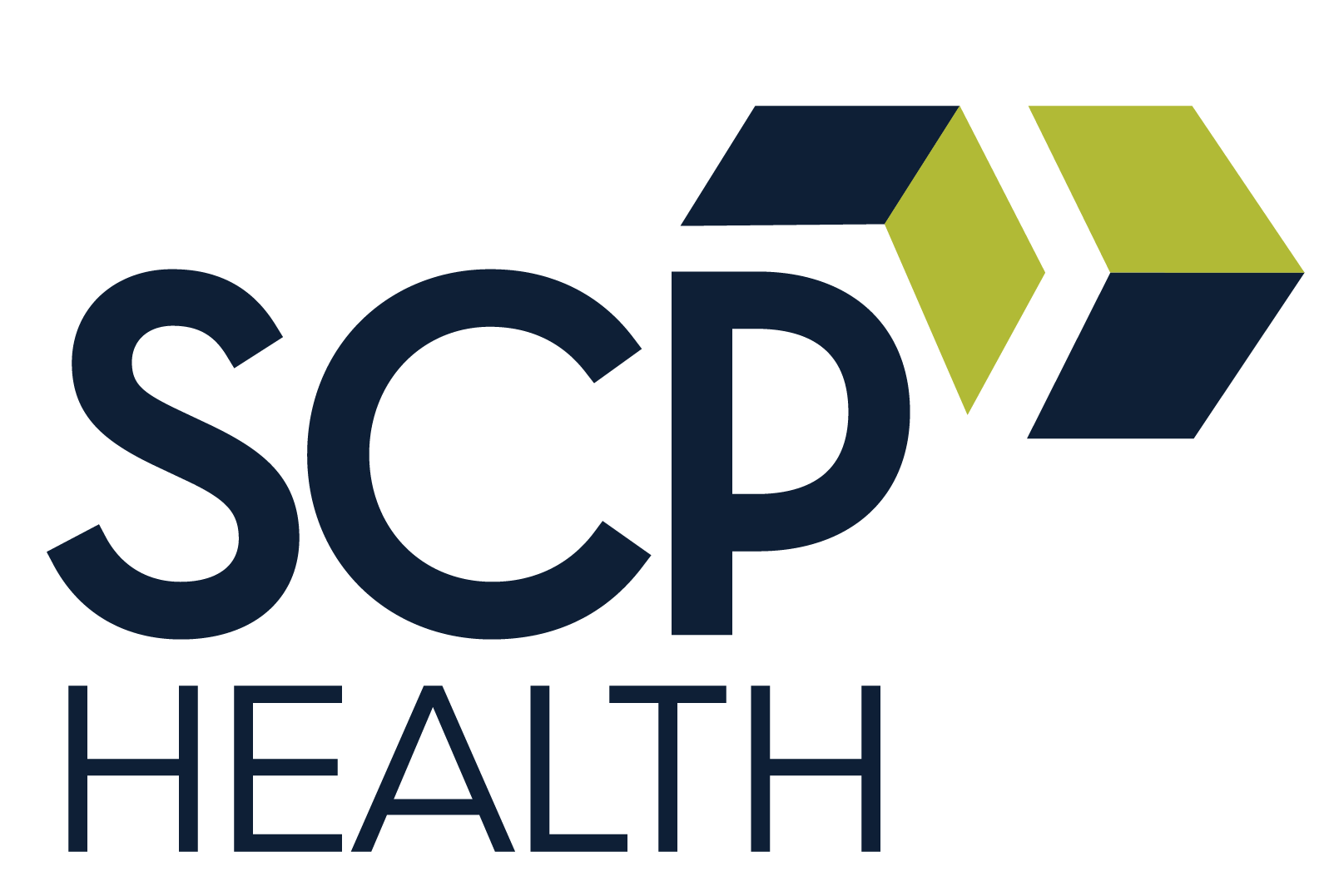Hospitals can achieve optimal staffing efficiency and cost control by leveraging predictive analytics powered by artificial intelligence (AI) to anticipate patient volume fluctuations with unprecedented accuracy.
Patient volumes are hard to predict, a problem that makes meeting appropriate staffing demands tricky. Overcrowding creates an imbalance between supply (clinicians and staff) and demand (services). Leaner patient volumes result in cost overruns due to a disproportionate number of staff on hand.
AI-enhanced dynamic staffing enables hospitals to forecast patient demand days, weeks, and even months in advance, creating the perfect balance between clinical coverage and cost efficiency. This technological advancement in predictive analytics allows health care organizations to move beyond instinct and guesswork and instead make data-driven staffing decisions that improve access to care, patient experience, and financial sustainability.
What is dynamic staffing?
Dynamic staffing is the practice of adjusting clinician staffing needs in real-time or near real-time to match patient volume. It results from a combination of anticipating needs before they happen and flexing coverage on the fly based on acuity changes or volume fluctuations. The goal is to predict volume influences 90 days out.
Why hospitals need dynamic staffing
The need for AI-enhanced dynamic staffing became apparent during the height of the COVID-19 pandemic, resulting in wide patient volume fluctuations. However, even now, the nature of emergency departments and inpatient services remains a barrier to accurate advanced scheduling.
Hospitals and health systems want to find a way to anticipate those needs so they are not struggling to either reduce or increase coverage at the last minute.
Additionally, matching supply and demand creates ideal efficiency, which has the potential to improve clinician satisfaction. When clinicians know their schedule 90 days in advance, they are able to make life plans and achieve a better work-life balance.
Creating shift parity is yet another benefit. Dynamic staffing resolves the supply and demand imbalance between clinicians who work on days when patient volume is greater than those who work when traffic is less.
Artificial intelligence: Key to dynamic staffing
The key to unlocking dynamic staffing rests not in the hands of humans but in artificial intelligence, the use of computers and machines to mimic the problem-solving and decision-making capabilities of the human mind.
Artificial intelligence consists of three constituents:
- Machine learning, which relies on mathematic algorithms;
- Neural networks, consisting of nodes, which model the neurons in a biological brain;
- Time-series forecasting, scientific predictions based on historical time-stamped data.
For AI-enhanced dynamic staffing, historical volume data points for the specific site, or one very similar to it are fed into the computer’s neural network. AI then comparatively reviews the entire database to make connections and correlations that humans would likely never reproduce.
One data point will get compared to every single data point of every kind of classification. Whether it’s weather, acuity, or volume, it’s going to get measured against every single other data point in the whole data package. It’s going to run millions of times, and the more it runs, the smarter it gets.
AI’s relevance to dynamic staffing lies in its ability to output accurate patient volume data for every day of the year, more than enough time to allow medical directors to make equitable provider staffing schedules.
Despite AI’s staffing forecast accuracy, there may be times when the need to flex up or down arises. The difference is in the amount of flexing necessary – for example, getting close to the actual need ensures that when you do have to flex up, it won’t be a dramatic shift.
A location that sees 50 more patients on Mondays than other days of the week can know ahead of time and adjust staffing with two- or three-hours extra coverage. Then, if there is a surge, they only have to flex up maybe another hour to capture those patients.
There are also times when AI spots a need that we may not see exists. Perhaps, the third Saturday in February requires a couple of hours of extra coverage. Intuitively, that might be confusing and be difficult to trust, but experience has shown that the AI tool is pretty smart and rarely gets things wrong – even when the correlation isn’t clear to us.
Dynamic staffing benefits
The benefits AI-enhanced dynamic staffing offers directly relate to the needs mentioned earlier. It enables hospitals to:
- Set ED schedules up to 90 days in advance;
- Promise better work-life balance;
- Increase shift parity;
- Improve provider satisfaction;
- Optimize RVU-related productivity to ensure higher pay;
- Reduce flex up and down needs.
To learn more about how dynamic staffing can make an impact on operational efficiency and patient experience, contact SCP Health.






